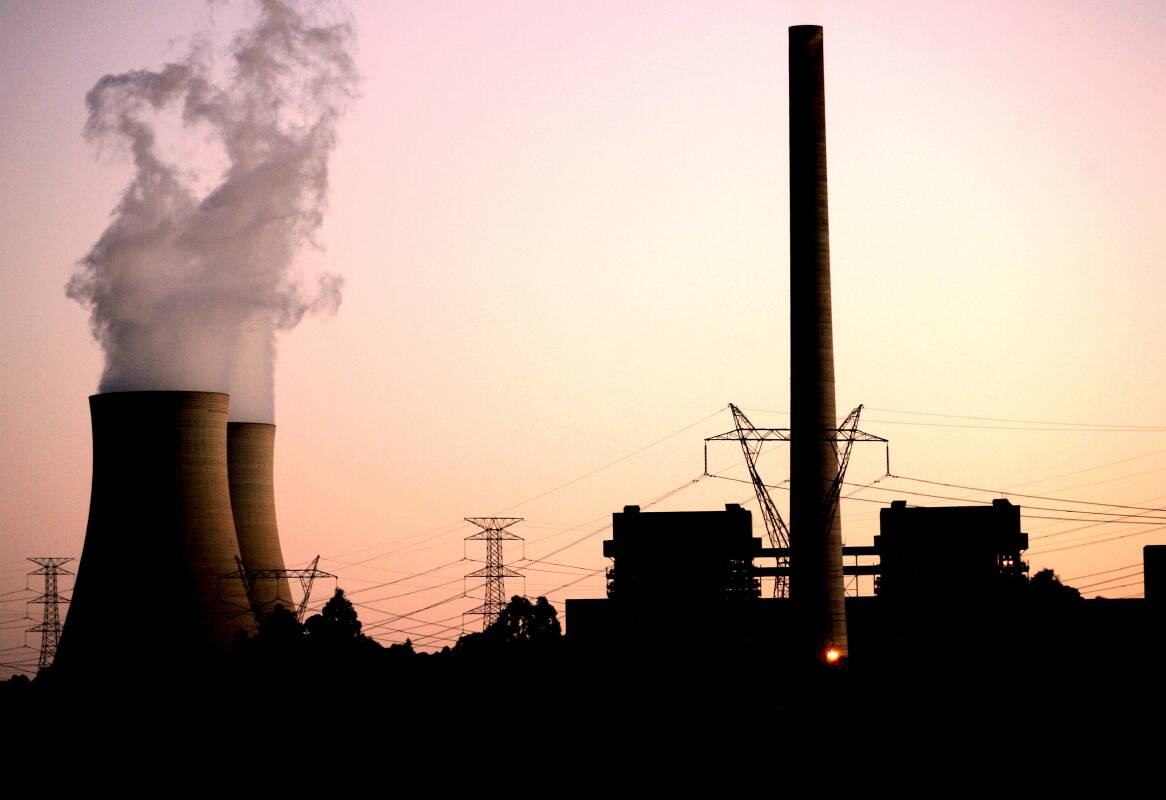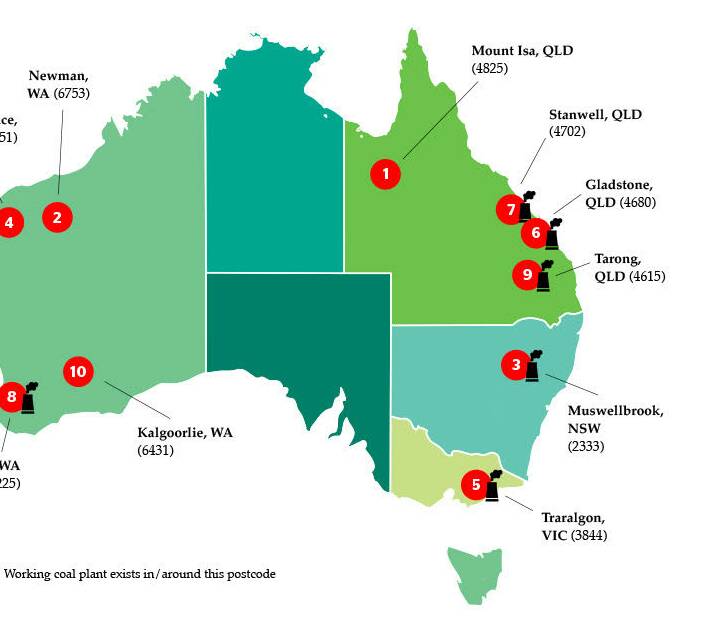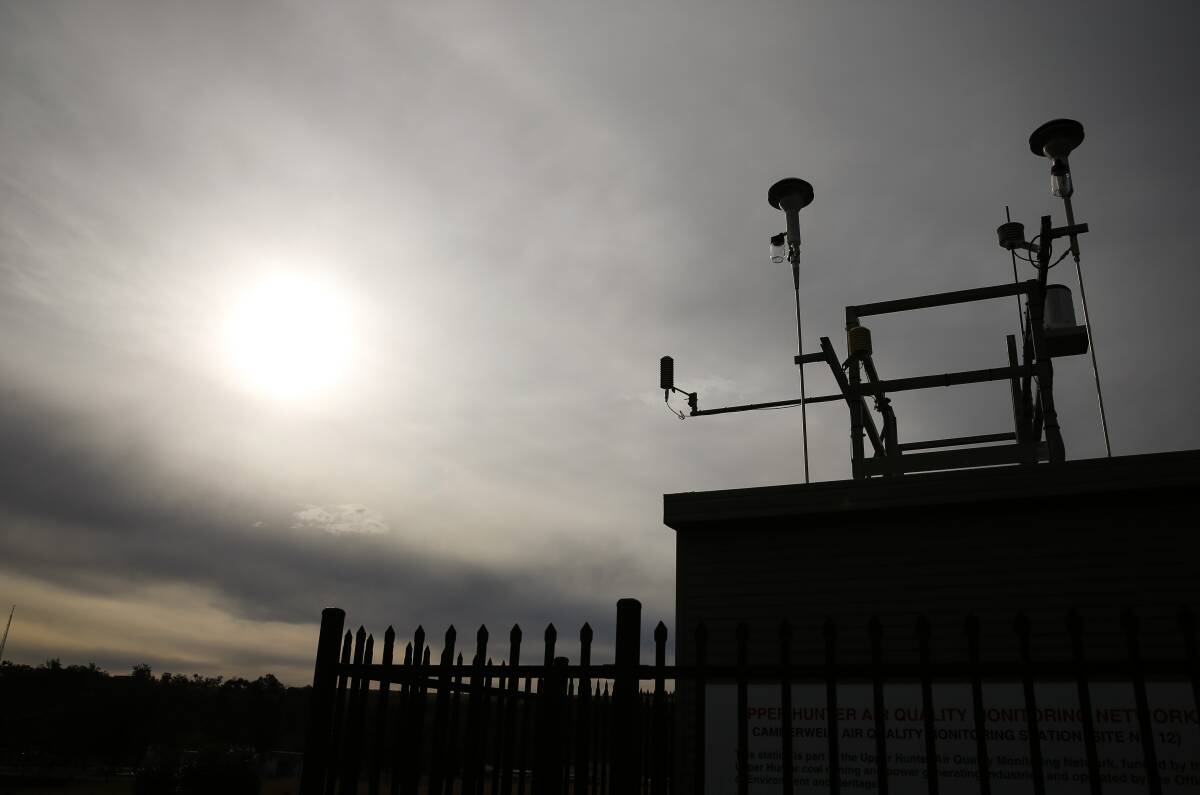
AGL, Australia's largest climate polluter, says its proposed corporate demerger represents a critical step in its push to reduce emissions in the Hunter Valley.
It has also not ruled out closing the 2640 megawatt Bayswater power plant earlier than the current 2030-33 timeframe if the growth of renewable energy projects allow.
The company was responding to new pollution data that shows the power station, located in Muswellbrook, emitted 33.2 million kg of oxides of nitrogen, 46.2 million kg of sulpher dioxide and 108.4 kg of mercury last year. It also emitted 257,886 kgs of fine particulate pollution (PM2.5) and 770,075kgs of coarse particulates (PM10).
An Australian Conservation Foundation analysis of the National Pollution Inventory data reveals, that when combined with coal mining emissions, Muswellbrook is the nation's third most polluted postcode behind Mt Isa in Queensland and Newman in Western Australia.

The Australian Institute of Health and Welfare has estimated that about 3000 deaths, equivalent to about 28,000 years of life lost, are attributable to urban air pollution in Australia each year.
ACF argues that the only way to address air pollution and climate change is to close coal-fired power stations as quickly as possible.
"But without a federal plan to manage the transition, the changes will be highly disruptive for certain communities," ACF's economy and democracy program manager Matthew Rose said.
"Australia needs new, nationally consistent air quality standards and a coherent national plan to manage the inevitable shift to a clean energy future," he said.
- New research shows Upper Hunter air quality worse than Sydney
-
Upper Hunter residents living in the village of Camberwell say air quality is so bad they may have to abandon their homes
- Newcastle air quality: Data reveals Hunter coal fire power stations cause toxic emissions as power generation drops
The split will create a carbon-neutral business called AGL Australia, which will include the company's retailing division.
The other business, Accel Energy, will hold the company's biggest generation assets, such as Bayswater coal-fired power stations.
Billionaire Mike Cannon-Brooks hopes a shareholder revolt will prevent the demerger.
He hopes to force the company to significantly accelerate the shift to renewables and close its coal-fired assets sooner.
But AGL argues its proposal would accelerate emission reductions while protecting the affordability and reliability of energy supply.
"AGL is taking decisive action on decarbonisation, and our updated climate commitments announced in February 2022 will allow us to take the lead in enabling Australia's energy transition, supported by our proposed demerger," a spokeswoman said.
"AGL Australia will be carbon neutral for all Scope 1 and 2 emissions upon listing, with a pathway to net zero by 2040 and has committed to underwriting 3 GW of renewable and flexible generation. For Accel Energy, we have brought forward the closure windows for our coal-fired power stations to 2030-2033 for Bayswater and 2040-2045 for Loy Yang A."

AGL has also left the door open to bringing forward the closure of Bayswater if renewables are able to support the grid.
"By presenting our closures as windows we are recognising that there is a possibility to bring forward the closure of Bayswater and Loy Yang should the system demonstrate readiness and new technological developments emerge that support a faster transition to a low carbon future," the spokeswoman said.
"We will continue to review and report annually on system readiness and Accel Energy's ability to move the closure from the end of the windows.
"We are committed to the regions in which we operate and continue to progress our plans to transform our thermal generation sites into low carbon integrated industrial energy hubs that will support the decarbonisation of Australian industry."
The company received state government approval in March to build a 500 megawatt grid-scale battery on the site of Liddell power station, which is due to close next year.
The Australian Energy Council disputed ACF's interpretation, which is said gave "a misleading picture of the relative air qualities in different geographical locations."
It argued the National Pollution Inventory only recorded large industrial emissions, such as power plants, and did not capture the dominant causes of Australian air pollution such as motor vehicles, wood heaters and natural sources, such as bushfires and controlled burns.
"A NSW Environment Protection Authority air quality study for the NSW Greater Metropolitan Region found sources such as windblown dust and bushfires accounted for 60 per cent of PM2.5 emissions, while 40 per cent came from man-made sources, and of that 40 per cent, 31 per cent come from wood heaters, 26 per cent from industry, 19 per cent from road transport and only 17 per cent from power stations," a statement said.
Singleton locals are calling for a review of the 2013 Upper Hunter fine particle characterisation study, which identified a range of air pollutants in the Upper Hunter ranging from mining dust to lawn mower smoke.
The study, which was based on 2012 data, was criticised by some for appearing to play down the impact of mining and power generation on air quality.
Singleton GP Bob Vickers said a new particle chartiseration study would help provide clarity around air quality issues in the region.
The NSW EPA was approached but did not comment.








